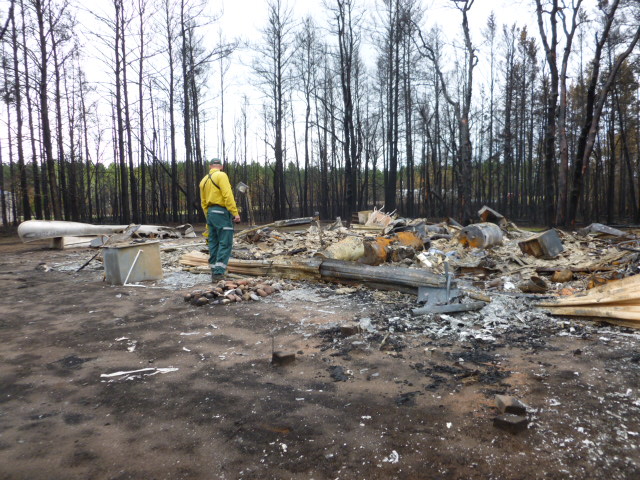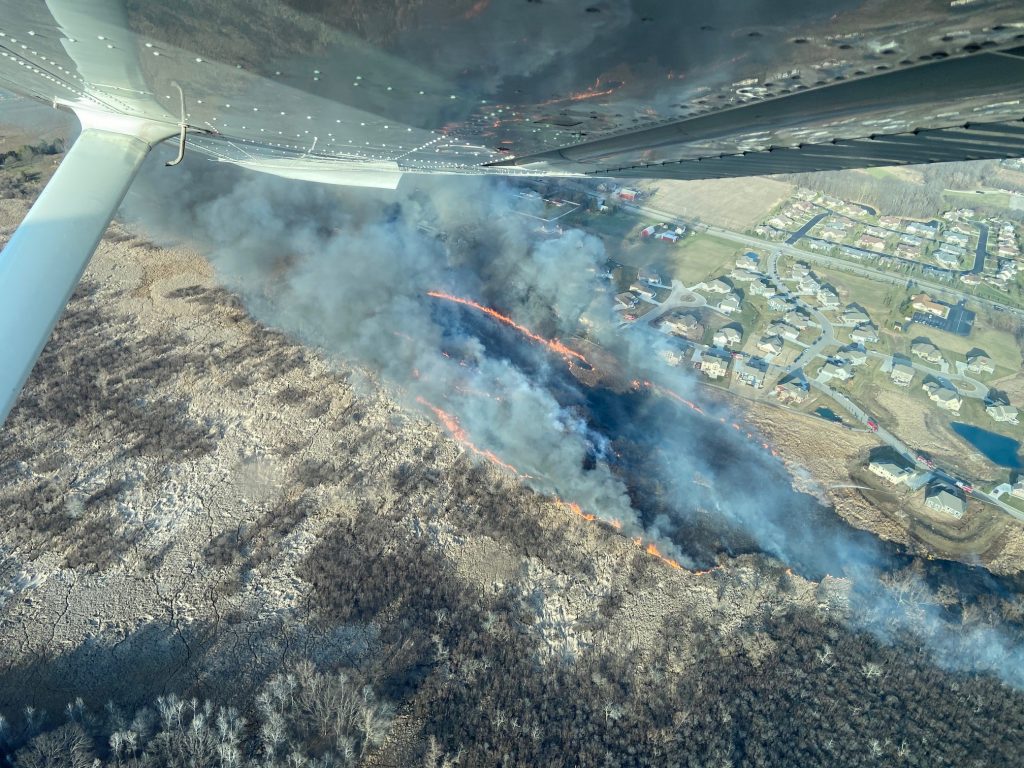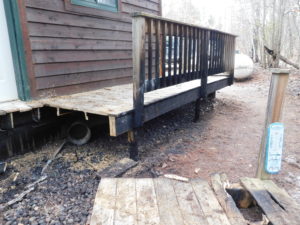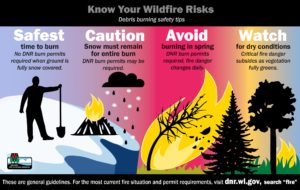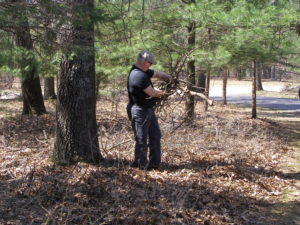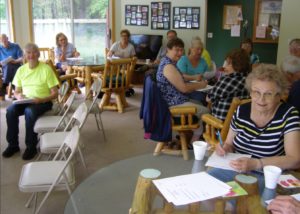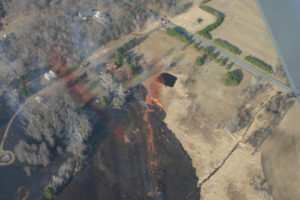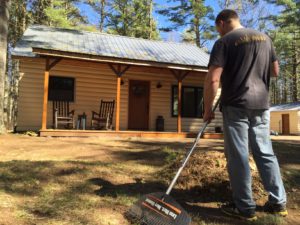Spring Is The Most Critical Fire Season In Wisconsin
March through May, Wisconsin’s snow line recedes, winds and temperature increase and plentiful brown grasses, pine needles and leaf litter receptive to fire across the landscape. This combination is the perfect cocktail for wildfires to occur. Add people conducting spring clean-up around their property by burning yard debris to the mix, resulting in many wildfires.
Planning For The Weather
For most of us, planning for the weather on any day may mean dressing in layers or carrying an umbrella. Measuring the width of the brown band on a woolly bear caterpillar is considered by some to be more reliable than the TV meteorologist.
Planning for the weather takes on a whole new meaning for the men and women involved in wildfire management. They measure various aspects of weather to help determine the likelihood of a wildfire starting and predict how it will behave.
Continue reading “Did You Know These Things About Fire Season?”

